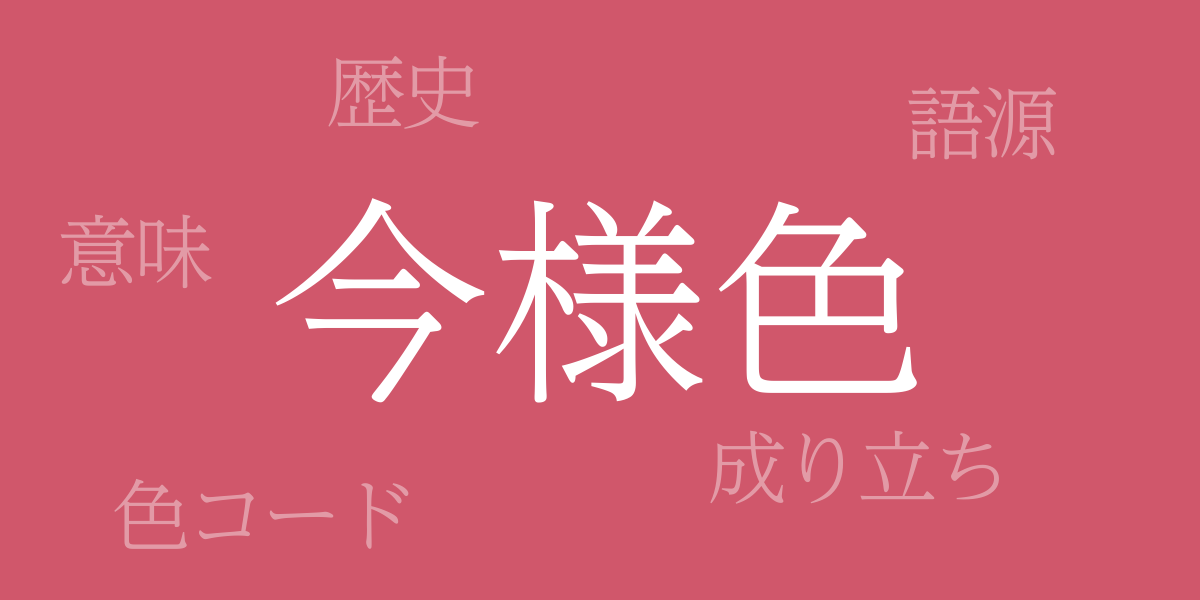Color reflects culture and transcends time. Among Japan’s traditional colors, “今様色 (いまよういろ)” has captivated many with its unique shades and origins. This article dives deep into the world of Imayouiro, exploring its beauty and history. We bring the allure of Imayouiro to designers, artists, and all who love color.
About 今様色 (いまよういろ)
今様色 (いまよういろ) represents a uniquely Japanese sense of color that developed from the Heian to the Muromachi periods. Imayou (‘modern style’ or ‘new style’) referred to trendy and new colors of the time. These hues significantly influenced the aristocracy’s clothing and culture, remnants of which can still be seen in traditional garments and crafts today.
History of 今様色
The history of Imayouiro is tightly woven with Japanese history. During the Heian period, nobles developed a unique color code that used colors to symbolize social status and seasons. In the Muromachi period, as the samurai culture rose, simpler and more subdued colors became preferred, and Imayouiro evolved to reflect the tastes of each era.
Color Codes for 今様色
In the digital age, accurate color reproduction is essential. Below is an example of Imayouiro and its color codes:
- HEX: #D0576B
- RGB: R:208 G:87 B:107
- CMYK: C:23 M:79 Y:46 K:0
Western Names for 今様色
Imayouiro’s beauty has gained international attention, and it has been translated into Western names. For example, ‘抹茶色’ is expressed as “Matcha Green,” conveying Japan’s unique flavors to the world. Other examples include ‘浅葱色’ as “Asagi Blue” and ‘桜色’ as “Sakura Pink,” carefully translating while preserving the imagery of the colors.
Summary of 今様色
As its name suggests, Imayouiro maintains its freshness across ages, being a traditional Japanese color. With historical significance yet retaining its value in modern design and art, it continues to be cherished worldwide. Through this article, we hope you’ve gained a deeper appreciation for Imayouiro and found new inspiration for your creative endeavors.

























